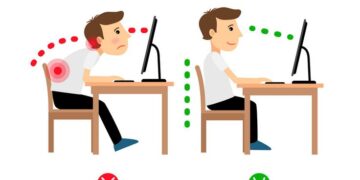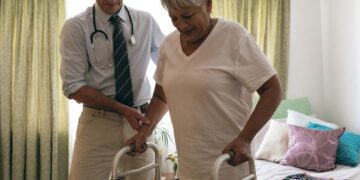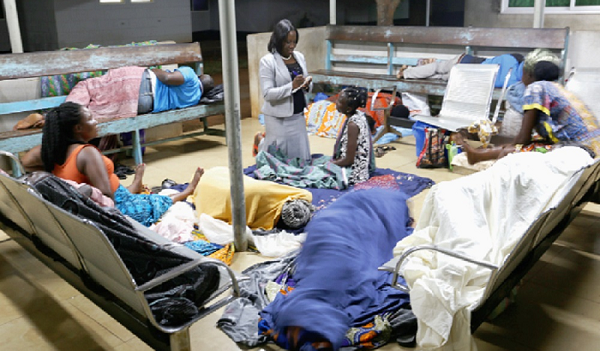Ghana’s “No Bed Syndrome”: A product of poor management? I have had to share my opinion on what many in Ghana have christened, the ” no bed syndrome”, to describe the situation where potential public health clients are denied access to care including emergency services due to the lack of free beds, before. A “bed” is a general term that also depicts space, (for example, theatre space, intensive care space, etc) in a particular unit of the facility Today, I encountered a patient who had been discharged from our care and their family had not been able to settle his hospital bill of over GH¢2,000. It has been well over a week now, and he is still occupying a bed at our busy but small cancer treatment unit.
Meanwhile every day we receive newly diagnosed cancer patients requiring therapy and round-the-clock monitoring who could use this precious bed now occupied by a relatively well patient who can safely continue care from home. For this past week following his discharge, this patient does not get billed for toiletries, facilities, food, laundry, utilities, and even clinical care. While he remains ‘detained’ the facility is unable to admit a new client whose care could potentially provide revenue. Essentially the facility is losing revenue and spending more resources in detaining the child who is unable to pay for his fees. In this particular instance, the parent, who is the breadwinner and financier of the child’s care is also unable to work and raise funds to pay the bill as she has to stay with her detained son in the hospital.
This is a very common situation in our public health centers, which among other factors contribute to unnecessarily prolonged bed occupancy, slow patient turnover, and the “no bed syndrome”. Other enablers of this syndrome in my opinion include:
1. Indecisiveness in clinical decision making
2. Delays in instituting evidence-based interventions due to eminence-based actions
3. Clinical team leads/heads taking decisions only during once-a-week traditional grand ward rounds.
4. Lack of implementation of updated evidence-based guidelines leading to the unnecessary admission of patients and prolongation of stay
5. Poor or absent linkages in care with little or no down referral to primary care facilities
6. Avoiding difficult conversations about palliation and end of life with families.
7. Admitting all patients that seek emergency care including patients on palliative care-seeking only symptoms control interventions like reinsertion of a dislodged feeding tube
8. Poor uptake of point of care tests with quick turnaround of results and delays in retrieving essential laboratory tests We can never have enough beds at specialized centers for our population.
However, we need to manage them with regards to patient turnover, on an ongoing basis. Those that need to take decisions must get involved very early in inpatient care to limit the risk of avoidable complications that may unnecessarily prolong bed occupancy






























